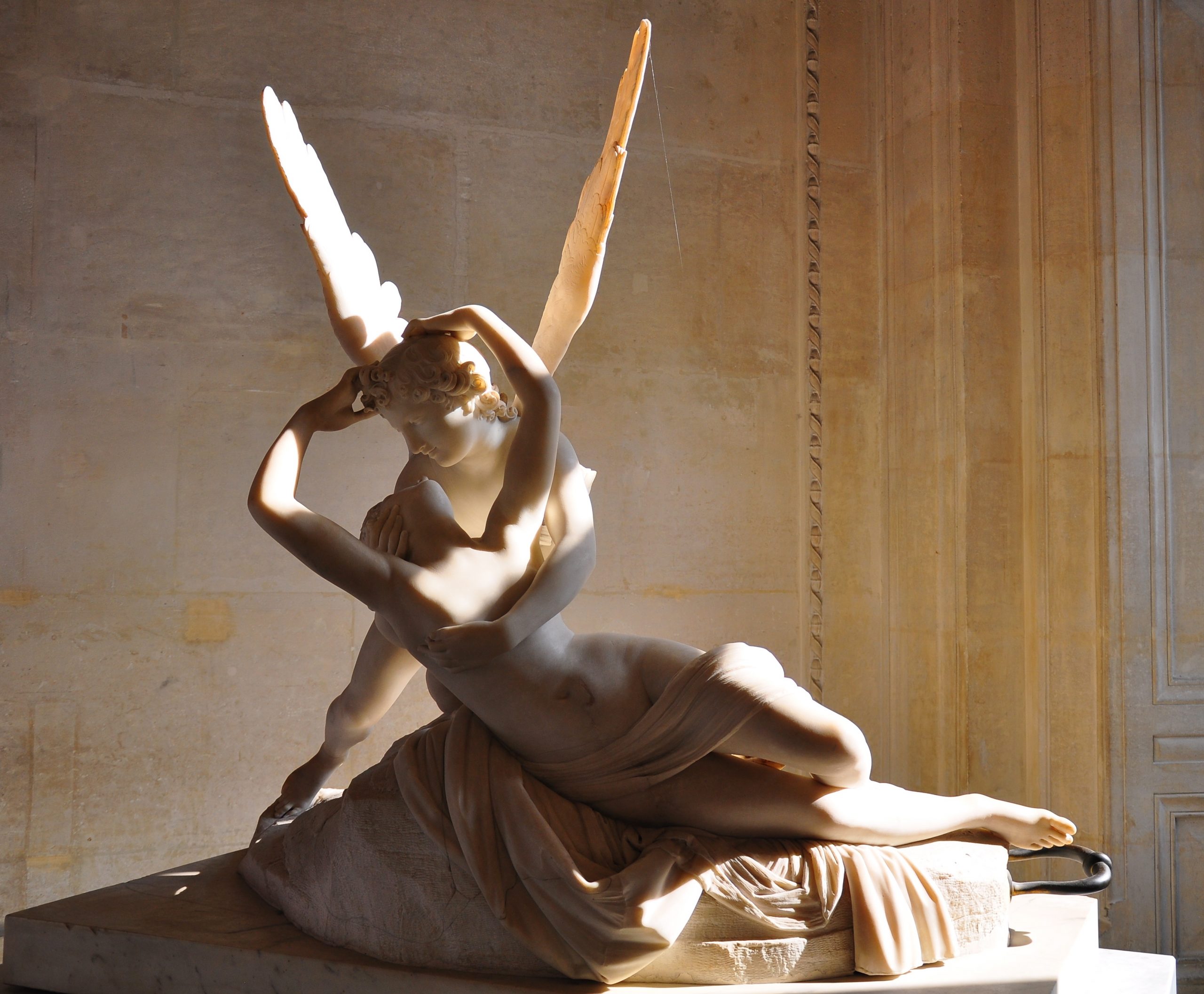
Psyche Revived by Cupid’s Kiss; by Antonio Canova; 1787 (Photo by Kimberly Vardeman, CC BY 2.0)
Rococo, or in French Rocaille, ended the period of baroque in grand style. Asymmetry, numerous decorations, diverse motifs – they were all parts of this style whose purpose was to impress and evoke fascination, awe and admiration. The generation that grew up in the mid- 18th century had different interests. These were the artists and students who went on a Grand Tour through Greece and especially Italy where they acquired experience and knowledge about the antiquities of Ancient Greece and Rome. The period of neoclassicism that commenced during the mid-century coincided with the scientific discoveries and the Age of Enlightenment that also marked this period.
The Mind Impresses, Not the Looks
The whole generation of young people was no longer impressed with the ideals of beauty that the previous art movement promoted, at least not for that kind of beauty. They saw beauty in the simplicity of the ancient art forms. New artists, scientists and students didn’t want to impress. They wanted to come closely to ancient ideal. The only possible way to achieve that was to imitate the classic artists.
It’s also important to consider the fact that this is the era of Enlightenment and great interest in science. So impressing wasn’t popular anymore, but rather thinking and improving civilization. Therefore, the ideal of beauty is created by the mind, not by the hands. Everyone wanted to follow the ideal of the noble grandeur. A well-educated man, interested in sciences, ancient history and progress in general was a modern man. Although many theorists put neoclassicism in contrast with Romanticism, this claim may seem oversimplified because neoclassicism, in some aspects, paved the way to Romanticism.

Excellent observations, Ivana
Thank you, Brian!